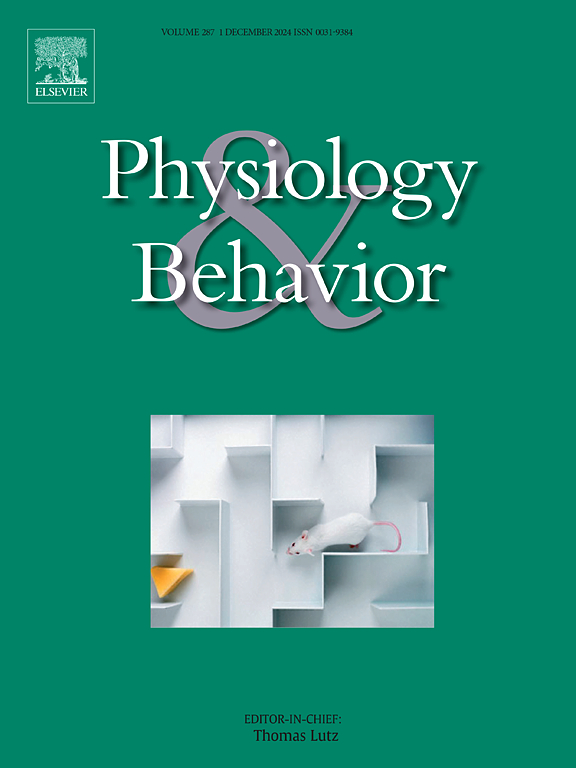Inspiratory muscle glycemic threshold in COPD: functional and clinical associations in incremental testing
IF 2.5
3区 医学
Q2 BEHAVIORAL SCIENCES
引用次数: 0
Abstract
It is known that COPD is multifactorial and reduces the function of several body systems; however, its impact on inspiratory muscle metabolism and its possible clinical implications and for inspiratory muscle training are still unclear. Furthermore, the use of the glycemic threshold (GT) of inspiratory muscles as a viable and clinically useful metabolic measure in COPD is not yet addressed in the literature. This study aimed to verify whether there is an association between the GT of inspiratory muscles with Borg, functional capacity (FC) and cardiovascular autonomic balance in COPD. Included patients with COPD under outpatient follow-up and evaluated them using incremental inspiratory muscle testing (IIMT), six-minute walk test (6MWT), and heart rate variability (HRV). The GT of inspiratory muscles was strongly associated with Borg in the IIMT. The strength endurance and aerobic capacity of inspiratory muscles demonstrated by the exhaustion point (EP) and delta GT/EP showed a strong inverse correlation with the cardiovascular autonomic balance demonstrated by the LF/HF ratio. Delta GT/EP also showed an inverse correlation with dyspnea by the mMRC scale and with the final Borg in the 6MWT. The study concluded that the GT and EP of the inspiratory muscles are strongly associated with Borg in individuals with COPD. Furthermore, the aerobic capacity of the inspiratory muscles was strongly associated with dyspnea on exertion and cardiovascular autonomic balance.
COPD患者的吸气肌血糖阈值:增量检测的功能和临床关联。
众所周知,慢性阻塞性肺病是多因素的,会降低几个身体系统的功能;然而,其对吸气肌代谢的影响及其可能的临床意义和对吸气肌训练的影响尚不清楚。此外,使用吸气肌的血糖阈值(GT)作为COPD的可行和临床有用的代谢测量尚未在文献中得到解决。本研究旨在验证COPD患者吸气肌GT与Borg、功能容量(FC)和心血管自主神经平衡之间是否存在关联。纳入门诊随访的COPD患者,并使用增量吸气肌试验(IIMT)、6分钟步行试验(6MWT)和心率变异性(HRV)对其进行评估。在IIMT中,吸气肌的GT与Borg密切相关。由衰竭点(EP)和δ GT/EP表征的吸气肌力量耐力和有氧能力与由LF/HF比值表征的心血管自主神经平衡呈强烈的负相关。Delta GT/EP也与mMRC量表上的呼吸困难和6MWT时的最终Borg呈负相关。该研究得出结论,COPD患者的吸气肌GT和EP与Borg密切相关。此外,吸气肌的有氧能力与用力时的呼吸困难和心血管自主神经平衡密切相关。
本文章由计算机程序翻译,如有差异,请以英文原文为准。
求助全文
约1分钟内获得全文
求助全文
来源期刊

Physiology & Behavior
医学-行为科学
CiteScore
5.70
自引率
3.40%
发文量
274
审稿时长
47 days
期刊介绍:
Physiology & Behavior is aimed at the causal physiological mechanisms of behavior and its modulation by environmental factors. The journal invites original reports in the broad area of behavioral and cognitive neuroscience, in which at least one variable is physiological and the primary emphasis and theoretical context are behavioral. The range of subjects includes behavioral neuroendocrinology, psychoneuroimmunology, learning and memory, ingestion, social behavior, and studies related to the mechanisms of psychopathology. Contemporary reviews and theoretical articles are welcomed and the Editors invite such proposals from interested authors.
 求助内容:
求助内容: 应助结果提醒方式:
应助结果提醒方式:


